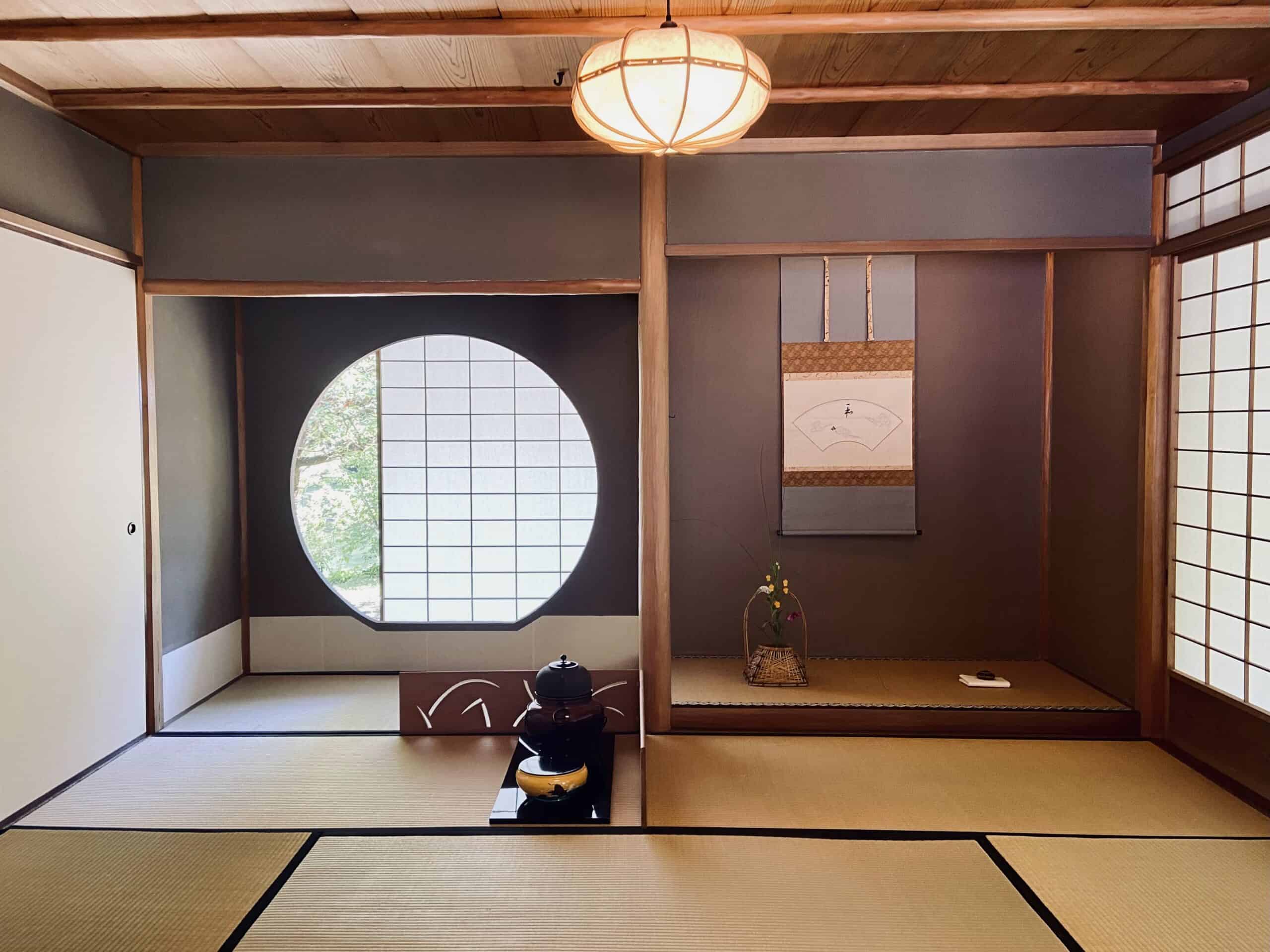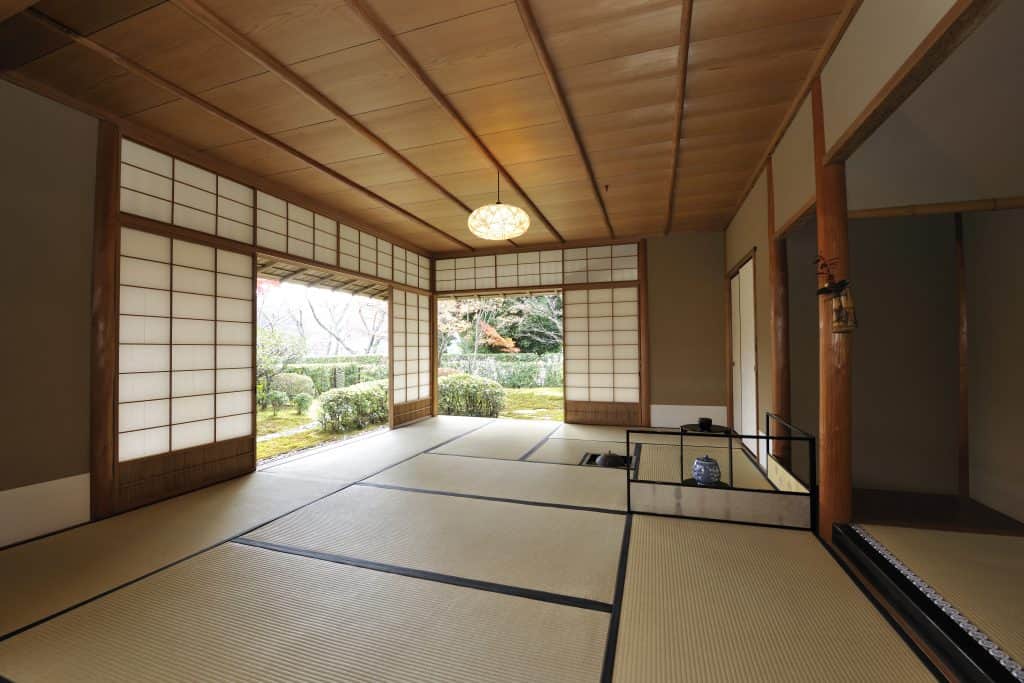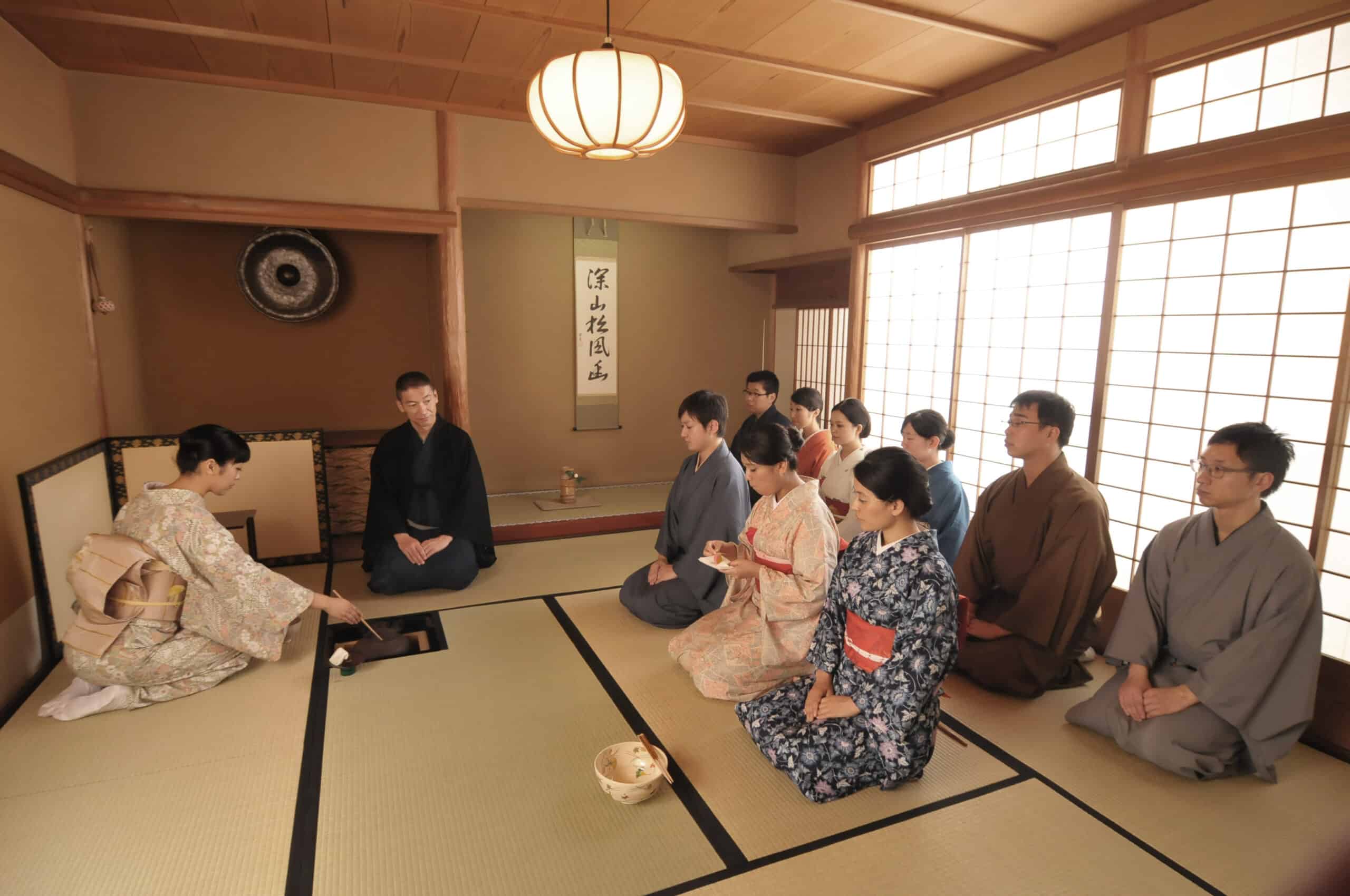Step into the serene world of Chado, the Japanese tea ceremony, and immerse yourself in the beauty, harmony, and mindfulness it embodies. In this article, we will delve into the essence of Chado, with a particular focus on the Chado tea room, exploring its significance, design elements, and the rituals that take place within its walls. So, grab your cup of tea and let’s embark on this enlightening journey.
I. Understanding Chado and Its Philosophy:
Chado, also known as the Way of Tea, is a revered Japanese tradition that emphasizes the preparation and serving of matcha, a powdered green tea. It is more than just a beverage; it is an art form, a spiritual practice, and a means of fostering deep connections. The Chado tea room plays a vital role in facilitating this experience.
II. The Significance of the Chado Tea Room:
🌸 Sanctuary of Serenity: The tea room is designed to be a tranquil sanctuary, offering a refuge from the hustle and bustle of the outside world. Its minimalistic aesthetics and intimate ambiance create an environment conducive to introspection and tranquility.
🌸 Architectural Harmony: The tea room’s architecture follows the principles of wabi-sabi, embracing imperfection and simplicity. Natural materials like wood and paper are used, blending harmoniously with the surrounding nature.
III. Design Elements of the Chado Tea Room:
🌸 Fusuma and Shoji: Sliding doors called fusuma divide the tea room and separate it from the preparation area. The translucent paper screens known as shoji allow soft, diffused light to filter in, creating a serene atmosphere.
🌸 Tatami Mat Flooring: The tea room is typically adorned with tatami mats, made from woven rush grass. These mats provide a cushioned and comfortable seating area for guests, promoting a sense of grounding and connection with the earth.
🌸 Tokonoma: A small alcove called tokonoma is a focal point in the tea room, often housing a scroll, flower arrangement, or a piece of artwork. It serves as a visual representation of the tea host’s aesthetic sensibility.
IV. Rituals in the Chado Tea Room:
🌸 Preparing Matcha: The tea host meticulously prepares matcha using traditional utensils, such as a bamboo whisk (chasen), tea scoop (chashaku), and a tea bowl (chawan). Every movement is deliberate, symbolizing mindfulness and respect.
🌸 Etiquette and Gestures: Guests follow specific etiquette, such as bowing, when entering and leaving the tea room. When receiving tea, they express gratitude by turning the tea bowl and savoring its aroma before taking a sip.
V. Comparing Chado Tea Rooms:
To understand the regional variations and styles of Chado tea rooms, let’s compare two notable examples:
| Kyoto Style Tea Room | Urasenke Style Tea Room | |
|---|---|---|
| Location | Zen temples and gardens | Private residences |
| Aesthetics | Simplicity and elegance | Emphasis on rustic charm |
| Architectural Elements | Fusuma, shoji, and tokonoma | Fusuma, noren, and tokonoma |
| Tea Preparation | Deliberate and formal | Emphasizes relaxed atmosphere |
| Guest Interaction | Respectful and serene | Warm and welcoming |

FAQs about the Chado Tea Room:
Q1. Can anyone participate in a Chado tea ceremony?
A1. Absolutely! Chado welcomes everyone, irrespective of age, background, or familiarity with the practice. It is a beautiful opportunity to learn, appreciate, and experience Japanese culture.
Q2. How can I learn more about Chado and the tea ceremony?
A2. You can seek out local tea schools, cultural centers, or Japanese gardens that offer Chado workshops or classes. Engaging with knowledgeable instructors will provide you with a deeper understanding of this art form.
Q3. Is it necessary to have a Chado tea room to practice the ceremony?
A3. While having a dedicated tea room is ideal, it is not a prerequisite to enjoy and practice Chado. You can adapt the principles and rituals of Chado to any suitable space, creating your own intimate tea setting.

Conclusion:
The Chado tea room is a place where time stands still, and the beauty of simplicity unfolds. It is a sacred space where the art of tea and the spirit of Zen converge. By immersing ourselves in Chado, we embrace mindfulness, connect with others, and find solace in the present moment. So, let the soothing aroma of tea guide you on a journey of tranquility and self-discovery.
Fun Fact:
Did you know that the term “Chado” means “the way of tea,” while the term “Sado” also refers to the same practice? The difference lies in pronunciation, with “Chado” being more commonly used in the Kanto region of Japan and “Sado” in the Kansai region.
Originally posted 2023-06-05 13:42:54.

